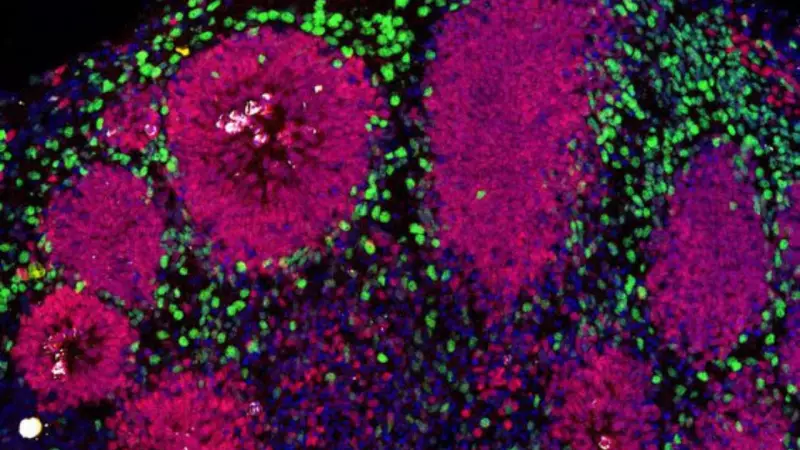
In a significant medical breakthrough, scientists at Bengaluru's National Centre for Biological Sciences (NCBS) have uncovered the precise mechanism through which abnormal lipid levels in the brain trigger neurological complications in patients suffering from Lowe Syndrome. This rare genetic disorder affects multiple organs including the brain, eyes, and kidneys.
Stem Cell Models Reveal Cellular Secrets
The groundbreaking research, conducted in partnership with the Rohini Nilekani Centre for Brain and Mind (CBM), represents the first instance in India where researchers have successfully developed a cellular model system to investigate Lowe Syndrome at the molecular level. The study findings have been published in the prestigious EMBO Molecular Medicine journal, marking a milestone in Indian neurological research.
Lowe Syndrome stems from genetic mutations that disrupt the function of an enzyme called OCRL. This enzyme normally plays a crucial role in regulating phospholipids - essential molecules that maintain cellular structure and facilitate communication between cells. In affected individuals, the impaired enzyme fails to properly break down a specific lipid known as PI(4,5)P2, leading to its dangerous accumulation in brain tissue.
Communication Breakdown Between Brain Cells
Yojet Sharma, PhD scholar at NCBS and the study's lead author, explained the critical findings: "We discovered that elevated PI(4,5)P2 levels create a dual problem - they interfere with smooth communication between nerve cells while simultaneously triggering an premature increase in astrocytes, another type of brain cell. This combined effect severely disrupts normal brain development patterns."
To unravel these complex cellular interactions, the research team employed advanced stem cell technology. They collected blood samples from an affected family and transformed them into human-induced pluripotent stem cells (iPSCs). These versatile cells were then cultivated into three-dimensional brain organoids - miniature versions of human brain tissue that accurately mimic early brain growth and organization.
Drug Intervention Shows Promising Results
Within just one month of observation, the scientists noted significant abnormalities in the Lowe Syndrome organoids. Neurons derived from LS patients demonstrated ineffective electrical signaling, while astrocyte numbers showed unusual proliferation. However, when researchers administered a repurposed drug to the affected organoids, they observed remarkable improvements - lipid levels decreased substantially and neuronal communication showed significant recovery within a single week.
Professor Raghu Padinjat from NCBS, who co-authored the research paper, emphasized the broader implications of their work. "Our model demonstrates how stem cell-based systems can faithfully recreate early brain development in laboratory settings. This approach provides researchers and clinicians with a powerful platform to explore novel therapeutic options for challenging diseases like Lowe Syndrome," he stated.
Lowe Syndrome affects approximately one in every 500,000 people worldwide, though its exact prevalence within India remains undetermined. The NCBS breakthrough opens new avenues for understanding and potentially treating this rare condition, offering hope to affected families and advancing India's position in cutting-edge neurological research.





